Estimated reading time 11 minutes, 9 seconds.
Editor’s note: This is Part 1 of “a trip to…” series by Ted Delanghe, where the former Air Force pilot recalls extraordinary memories and lessons learned from his time spent flying over 50 different aircraft types around the world. Click to read part 2, part 3, and part 4.
Ask just about any Canadian what living north of the Arctic Circle would be like, and you would probably get an answer like, “Cold, very cold, and extremely cold.” Par for the course for living north of 66 degrees latitude. So, when I heard from my good friend Don Fair that Tromsø, Norway, was a university town almost five degrees north of that — where the sun never sets in June and July, and with an average temp of only -5 C (23 F) in the coldest month — I had to check it out.
It was the summer of 1978 and as luck would have it, I was living in Germany at the time flying CF-104s with the Canadian Armed Forces, and Don was flying F5s on exchange with the Norwegian Air Force. The plan was for me to head north in late June and rendezvous with Don at Sola Air Station in southern Norway, and together make our way to the land of the midnight sun.
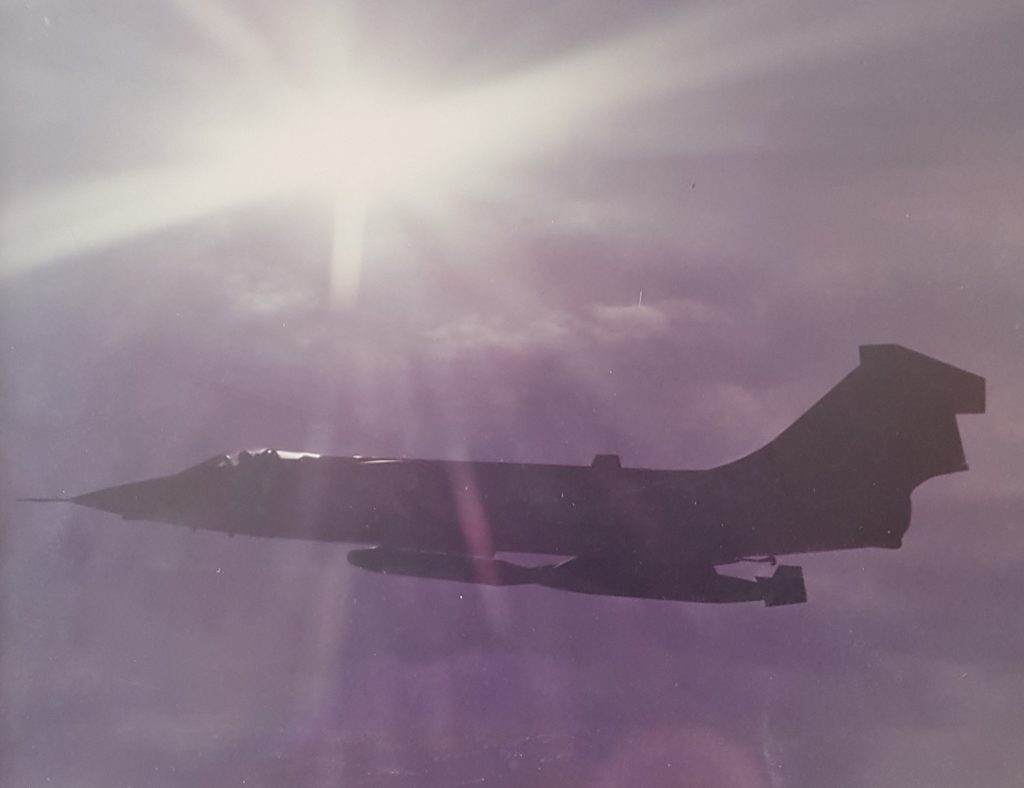
The trip began early on June 9 in 441 Squadron Operations at Canadian Forces Base Baden, awaiting a break in the weather. Muggy, yet with a chill; fog so dense you could almost squeeze the water out of the air; visibility: 200 yards at best. A bit eerie with an absolute stillness, and ominously dark — courtesy of 20,000-plus feet of heavy nimbostratus in the Rhein valley.
By noon, the visibility and ceiling had improved to IFR takeoff limits. Quick start, taxi to the active, cleared for takeoff. Lined up, throttle to 100 percent, brake release, into afterburner to really get moving. Aft stick at 150 knots, breaking ground at 200, out of A/B at 400 and flaps up, hitting climb speed of 450 knots. All in about 30 seconds.
Still in dense, dark cloud through 20,000 feet, I suddenly burst into a burning indigo sky above, with an immense sea of brilliant white, sun-drenched cloud below as far as the eye could see. I leveled at FL 280. First stop: Sola, 620 nautical miles north. Time en route: a little more than an hour at Mach 0.9-plus.

The route would take me near Cologne with its immense medieval cathedral, on to the North Sea and its frigid dark waters just east of the Netherlands, then paralleling the rich farmland along the Danish coast to the east. The CF-104 cruised just subsonic, so you covered a lot of territory in a hurry.
Somewhere around Cologne, the clouds had completely dissipated. At 28,000 feet, the horizon is 200 miles away in all quadrants, with fields, roads, farms, and cities slipping away. No national boundaries apparent, just people going about their day-to-day business.
Flying a single-seat jet fighter at altitude, one does become pensive at times. The armchair panoramic view through the bubble canopy is simply breathtaking. And with the imprint of nationhood invisible on the ground below, the thought of a peaceful world with no borders seems almost palpable. Odd in some way how such thoughts arise while flying a machine solely designed to conduct warfare. Perhaps better viewed not as a weapon of war, but rather a deterrent to one.
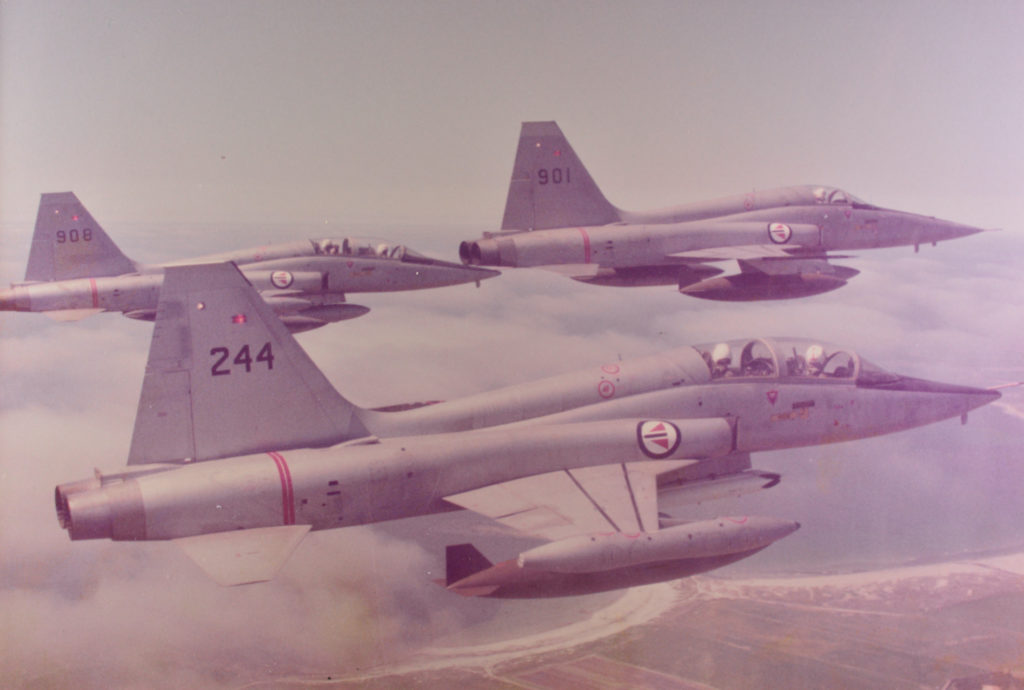
However, not a lot of time to ponder philosophical complexities as Sola Air Traffic Control had cleared me for an approach. Weather was pure, unadulterated VFR, rugged mountains to the east, a windswept ocean to the west. A touch of speed brakes to stay subsonic for the 60-mile descent, on to final approach at 195 knots, flare, touchdown, drag chute deploy, then prudent braking to taxi to the apron.
The waiting Norwegian operations crew were very efficient, refueling in short order. Don was ready to depart; the weather was ideal for the next leg to Andoya Air Station, 600 miles north.
We taxied in tandem to the active runway. He left first, then 30 seconds later I was airborne, closing the distance quickly with 100 knots of overtake — being careful as I got closer to rapidly match my airspeed with his through judicious use of speed brakes and throttle reduction. In short order I was in tight military echelon formation with him, diagonally behind and to the left, our wingtips a handful of feet apart. I announced my arrival with a crisp “two’s aboard!” radio call. “Lead checks!” was the reply. Radio comms in formation flight are very terse and to the point. No time for a sightseeing gabfest here.
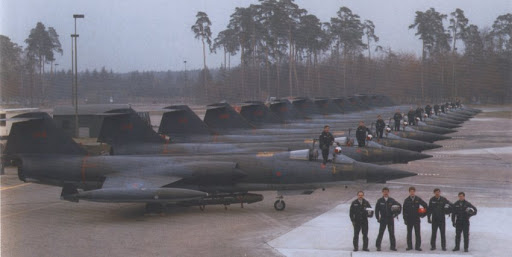
His craft was dark and sleek, and spoke of a need for speed, as we continued over a rugged snow crested range, reaching a parallel path to the coast just past Trondheim. The mountains were an immensity of silence, foreboding, with a pitch so steep to seemingly discourage any attempts at human habitation.
The vista on this leg was once again spectacular, where north of Sola the high-pressure sky was an intense indigo vying for supremacy with the cobalt blue of the ocean’s expanse to the west. The wind had picked up considerably, long rolling whitecaps portending of a coming gale forecast to arrive later that day.
By the time we arrived at Andoya around 6 p.m., it was clear to me that the sun was already playing tricks. It was not where it should have been! More exactly, the disk was clearly far to the northwest, well above the horizon — not historically where my past experience told me it should be at that hour.
After a short hop in a local commuter aircraft, we arrived at Tromsø, headed straight for our hotel.
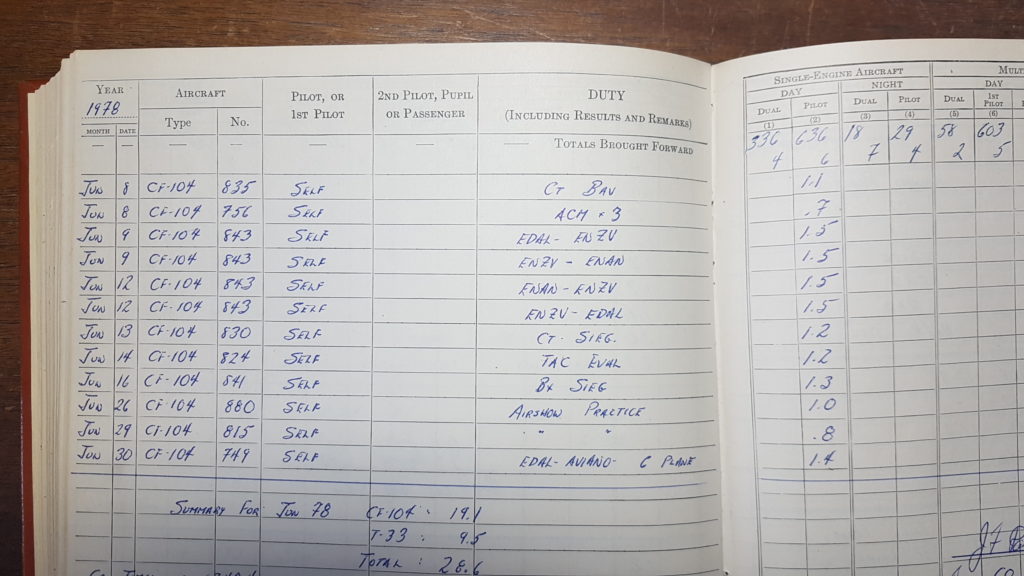
The position of the sun’s disk was once again a bit disorienting, still well above the horizon at 10 p.m. We are all dominated by our circadian rhythms, and having a rogue sun can lead to artificially-induced jet lag.
While sitting on the hotel balcony, I distinctly recall the sensation that the city was turning like a revolving restaurant, rather than the sun moving.
Then came the magic hour, 12-midnight sharp; the sun well above the horizon, almost due north. Its image dancing off the rippled harbor water below. I simply found it remarkable the juxtaposition of time and space, the novelty quickly giving way to a deeper appreciation of the fullness of an event upon seeing it for the very first time.
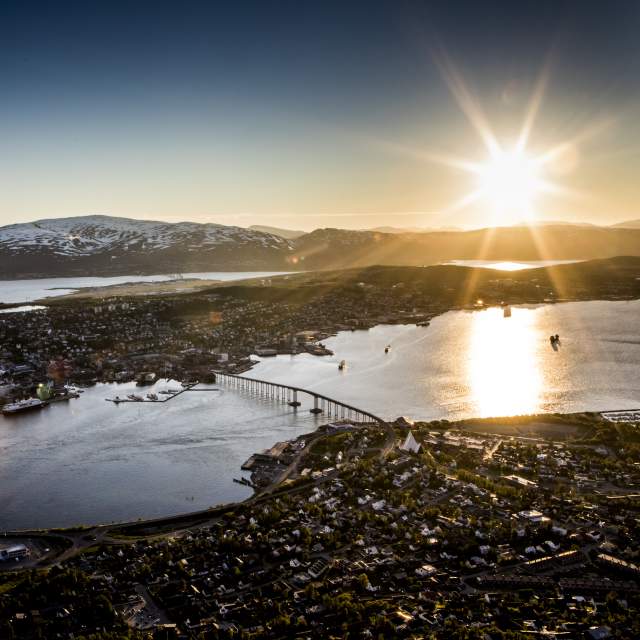
At times, words are insufficient to capture the essence of a moment, and for a short while we sat in comfortable silence. We then raised our glasses in a quiet salute to many comrades, friends, and acquaintances in the fraternity of wings, as the never-setting sun cast midnight shadows all around us.









Fantastic story.; having been to Baden and Tromso in a Sea King is a nice coincidence. However, Don Fair has been a mentor of mine for decades. I flew Sea Kings with him in 1992 in the Tromso area launched from the back of HMCS Fraser. Our view from 150′ over the water was quite different than the perspective offered in the article. Don continues to be a mentor as he flies as an air tanker pilot fighting wildfires in BC in his 36th season!
Very cool story. I am sure you have many more. Keep em coming
Great story Ted. Well written. Enjoyed every word.
Loved the description of flying a CF-104 Ted. Great story of a northern adventure. Awesome photos too, and this is only part 1!
Ted should write aviation fiction and/or non fiction books.
His non fiction prose are hard to put down.
Having shared many years of civilian sky’s with Ted, his memories of some of the Ag and Charter characters should be written down and maybe fictionalized to protect the innocents.
A very entertaining article. Felt as though the reader was in the cockpit observing a peaceful world.
BZ, Ted. A most enjoyable read. Looking forward to more.